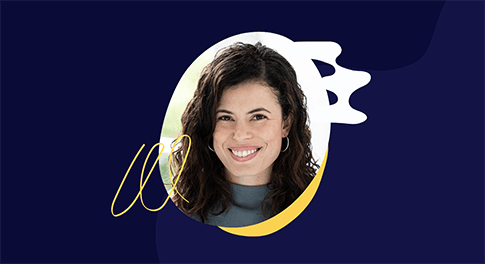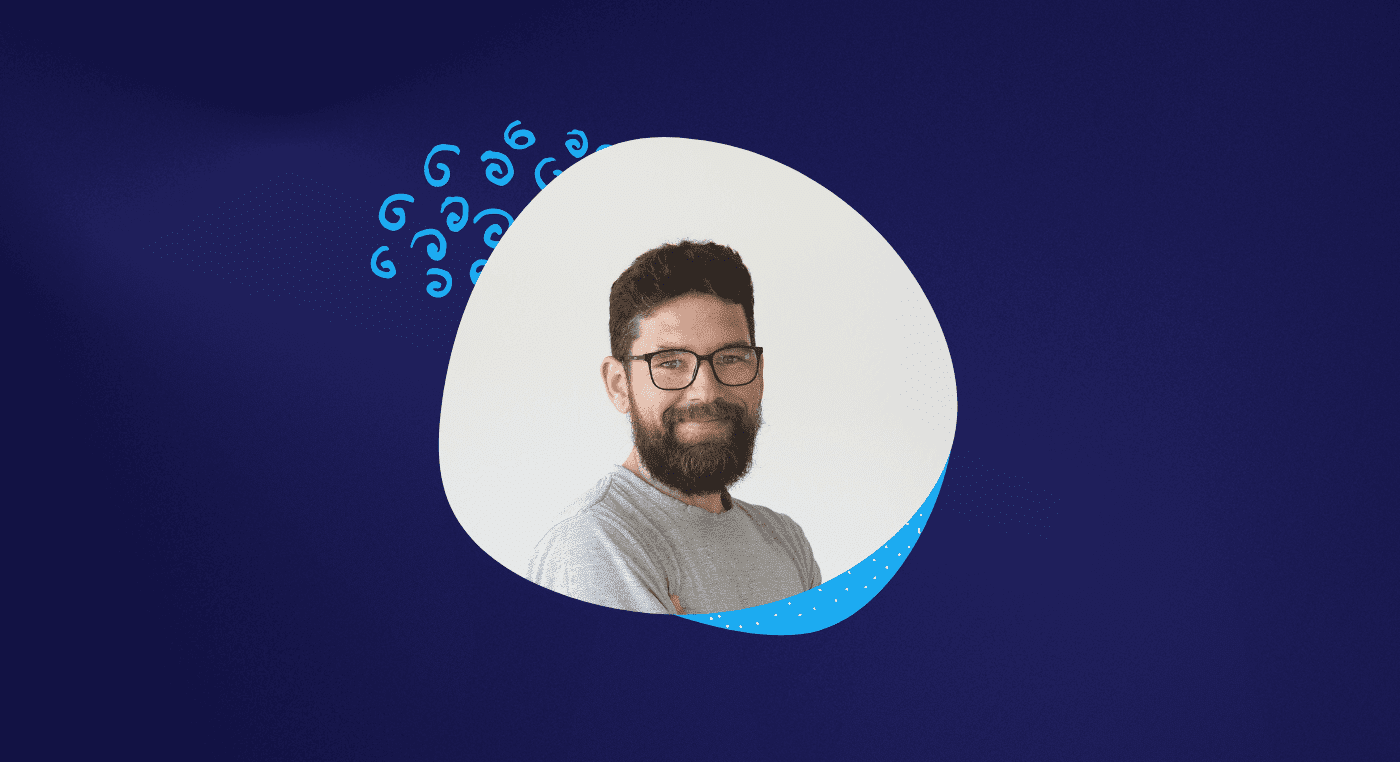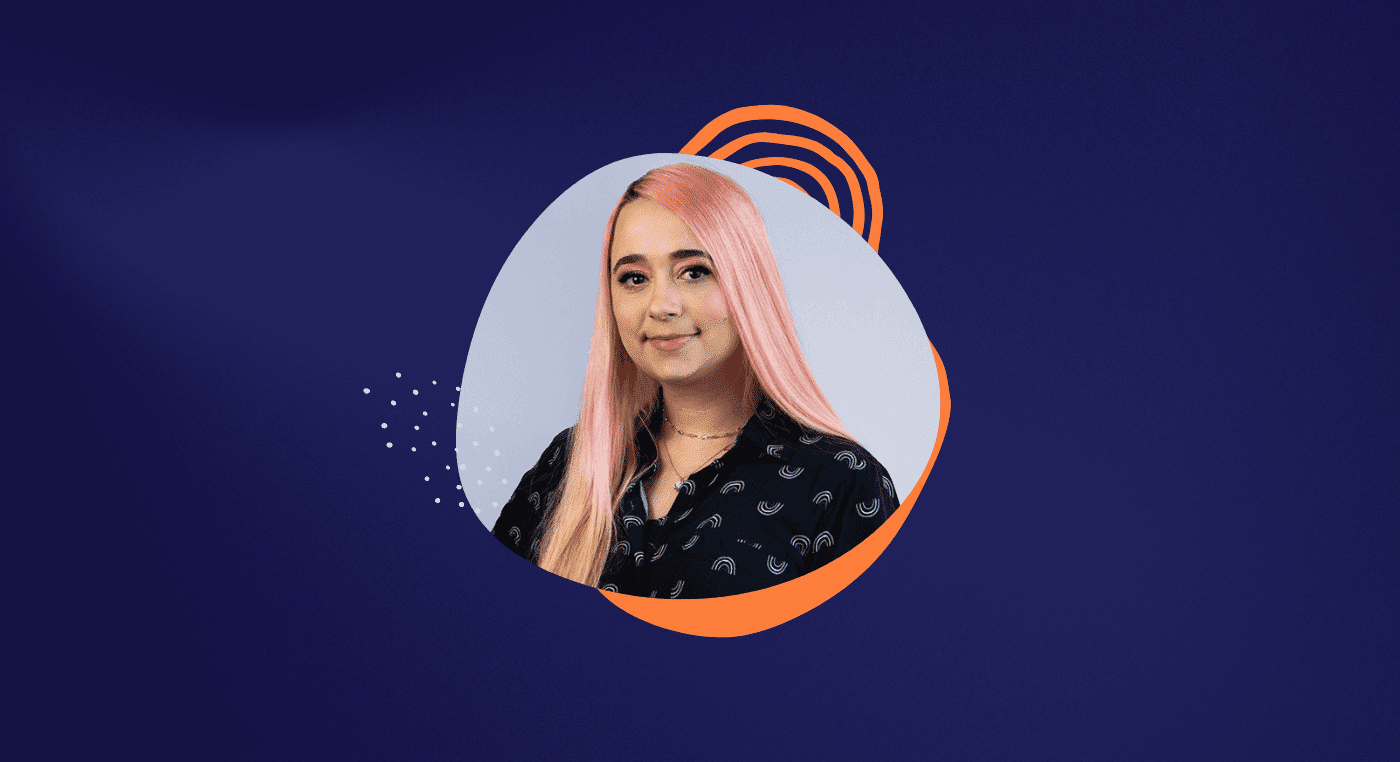In this interview, we talk with Lais Barboza, a MID student, and she talks about her transition from Industrial Design to UX Design.
In addition, Laís gives details on how she planned to make this change, how she planned her studies and gives some tips regarding recruitment processes.
Check out this story and get inspired!
Laís, please tell us a little about your background
Felipe, thank you for having me! I am very happy to be here sharing my story!
I majored in Graphic Design in 2011, but I had a long career in Industrial Design, developing physical products. With that, I have built up a 12-year trajectory at Imaginarium.
In 2019, I decided to take a chance and study more about the user experience, of physical and digital products. I found Aela and it was very important for my transition process.
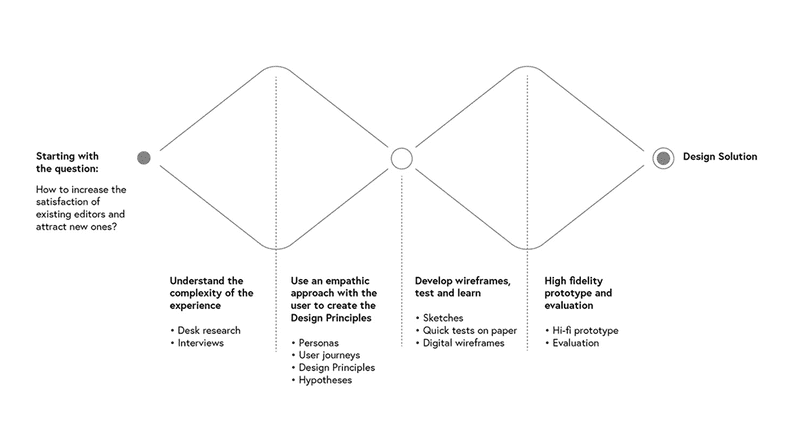
What caught your attention in UX Design?
In 2015, I took on an area focused on innovation and portfolio management.
I started to realize that I could go beyond the limits of physical products and think about them in a more holistic way.
In this sense, I did some research and realized that in the last 3 years, there has been this growth in digital design, UX Design, and Service Design.
With that information, I started to ponder. For 12 years, I had been in the same area and wondered what my next steps would be.
I saw an opportunity within these areas where I could find a place, develop myself, and learn new things, without losing my background and experience.
I decided to take the risk and I have no regrets. I'm very happy!
Reading Tip: UX Design In High Demand
How was your study process?
I think it's important to say that everyone has a study methodology that best fits their profile. In my case, I started the MID – level zero – while I was still working, in 2019.
At the end of that same year, I managed to take 2 months off and decided to dedicate myself to my studies, to start the year with a lot of focus.
With this move, I realized the big difference between studying and working and just studying.
I think it is quite possible to combine studying with work. When I had this routine, I studied even on weekends.
But I believe that if you can have some time entirely dedicated to studying, you will also have some good benefits.
Anyway, after these two months of vacation, I decided to stop working in order to fully dedicate myself to my studies.
So in February, I started to study all day long, 6 to 8 hours a day.
I followed the MID program to the letter, along with the additional materials suggested by the mentors, and I set myself the goal to have a very good level 2 project because from then on I would start looking for job opportunities, and that's what I did.
In addition to the MID, I read articles on Medium and books to dig deeper.
That was my study routine, totally focused.
Sometimes I felt discouraged and wondered if I was on the right path.
But I don't regret leaving my job to study. I believe my results were fast because of this. Because I had this intense study period.

Do you have any advice for those who think about quitting work to focus on their studies?
The thought of quitting work to focus on studies is always going to be a scary thing, I think.
In this sense, I had to work hard to change my mindset about it.
I loved my old job, that was not the problem. But I really wanted a change, and my job at the time did not allow me to make the changes I wanted to make.
So when I decided to quit my job, I planned myself financially for a year. I think it's very important to have this kind of planning perspective.
But at the same time, you can't be desperate.
If I was desperately trying to save money, I might not have made it.
What helped me was to establish small rewards, that is, every time I managed to achieve my goal of saving money for the month, I bought myself a small gift. For example, I would give myself small books as a gift, and this way I would motivate and stimulate myself more and more not to lose focus on the plan.
Also, I think that we should not be scared about how long things will take to happen. The sooner we start doing them, the sooner they will come true.
Nobody is going to do it for us; we have to do it ourselves.
Reading Tip: How To Use Storytelling To Promote Your Career
Did you do anything specific to prioritize your studies?
Yes! I followed the MID program.
But in general, I think you need to have a direction, something to shed a light on. If you are not at the MID or in any other course, you have to make a study program yourself.
Any course and study routine should have a program.
In my case, I followed the MID program of study to the letter, and read the books that you mentors recommended.
And yet, there were times when I got anxious, because it's so much content!
One thing I did that might be worth mentioning is that I would choose a book on a subject to study, and when it was time to do the course project, I would look on the Internet for case studies on the subject I had studied.
That was the only time I would look for content on blogs or on Medium. Other than that, the "chopped up" content that is usually available on the internet did not interest me.
Thus, my studies were based on 3 points:
- lots of book content;
- market experience overview (which I had at the MID);
- how people were applying for jobs.
Even though I had this set up, I controlled myself a lot so as not to escape this method.
Another important tip I can give you is: nobody knows everything, and that's okay!
We often think that others may know everything about a certain subject, and this is not true. In that sense, it's also crucial to know how to say "I don't know".
It's important to have the honesty to say that you don't know something because it will make you learn a lot more in the future.
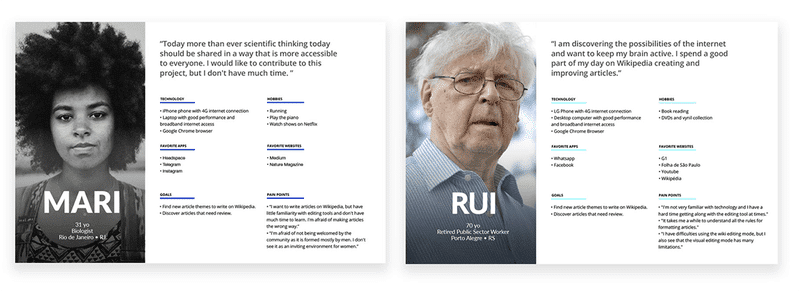
You had to face a pandemic in the middle of your plans. How did you get around this adversity?
Actually, I think it was the very fact that I was studying that kept me from going crazy during this period of pandemic and isolation.
I think it was a focus that I found to face the whole situation.
When I left my job, I planned to study for one year. So when the pandemic broke out, I found myself with two options: I could either get desperate or try to make the best out of the situation.
After all, if I already had to be isolated, why not use this time to study?
At the beginning [of the pandemic], I was afraid about the market instabilities. I even saw some people losing their jobs in UX Design, but it was nothing out of the ordinary. Then I even calmed down because I realized that the market growth hadn't stopped.
Reading Tip: Remote Work: What is the Outlook During and After the Pandemic?
What was it like to search for jobs and openings in UX Design?
When I finished level 2, I put together a simple portfolio and focused on a few fronts.
The first thing I wanted was to get feedback from the market. I felt that I needed to put myself to the test. So I started to look for jobs and apply.
Something that works for me is not to be shy and send messages to people, even if there is no job opening announced for that company. In other words, try to contact them in different ways.
Another thing I started doing was to add people and introduce myself to them. I told them my story and my experience.
With these practices, I landed my last job, as well as many cool contacts.
The first opportunity I got, in UX Design, I applied for a position on LinkedIn and then I sent an additional email. Later, I was told that they hired me precisely because of that.
Felipe: This messaging approach does work. But you have to be careful. There is no point in logging on to LinkedIn and start sending messages to just anyone. It has to be something thought out and specific. This way, of course, it works very well.
How was your recruitment process? What did you learn from it?
The first interview was for a Junior/UX Designer position and I didn't pass! And I consider myself a Senior professional, in terms of time on the market, and not about UX Design.
But not passing that first interview gave me the opportunity to think about several points that I could improve for the next process.
The first thing I learned was that to be able to talk on equal terms in an interview, it's essential to know the jargon and language of the market.
The second thing I learned was that we need to find a job that really suits our profile. Sometimes we get anxious to make a change and end up not evaluating the opportunities and the companies well. Then you start applying for any job opening.
Speaking about tests and cases, I have already presented the MID level 2 case study in one opportunity and, for this current position, I did a case study totally focused on the company and from which I could learn a lot.
One tip I can give is for people to train their time and pitch.
Another important tip: don't be scared by what the position asks for. Because of the rush and the need, companies put a lot of things in the job description, but in reality, things may not be exactly the way they are.
So don't be afraid of the job description. If it's something that makes sense to you, go for it!
Reading Tip: How To Use Storytelling To Promote Your Career
How is this new phase, after switching to UX Design, going?
I'm feeling very happy and fulfilled.
Reflecting back, I can say that I don't regret the move I made. It was not easy, there was the pandemic, but even so, I don't regret it!
During the process, I discovered new things and that's why I think it's important to have taken risks.
The way I see UX Design today is different from what I thought it was before I started studying.
Sometimes you need to experiment, to face the gateway because it might take you to places you never imagined.
My view of digital design was very wide; today I know that I like the UX Research and Service Design part much better.
If I didn't take risks, even with that vision from back then, I wouldn't discover these new worlds and paths.

What advice can you give to those who want to transition to UX Design?
The most important thing I have learned and that serves as advice is not to be afraid to make a decision and to face the time that the changes will take to happen.
Without the decision, your dreams will not come!
Don't be scared of what goes wrong in the middle of the road, make your plans already aware that there will be unforeseen events and changes of route.
Also, another piece of advice is don't say no to your background.
My experience in Graphic Design and people management is very useful in UX Design and this makes me different from other professionals.
So take into consideration everything you've lived through and understand how it can make a difference in your career in UX Design.
Reading Tip: How To Use Storytelling To Promote Your Career

